One-day limited-overs cricket has a long and illustrious history. The 50-over game has developed to become a hugely popular cricketing venue since its debut in the early 1970s, providing an endless fascinating stage for the world's best entertainers. While ODIs have traditionally been seen as a batsman's game, bowlers have significantly impacted the game's history, particularly in its early years. But who are the all-time great ODI bowlers? We may check the ICC's all-time player ratings to objectively see which bowlers have hit the highest peaks. However, there are certain disadvantages to this strategy, the most significant of which is that it's pretty inefficient.
1. Sir Richard Hadlee
Sir Richard Hadlee, unquestionably the finest cricketer to emerge from New Zealand, almost single-handedly carried his team for two decades till 1990. Hadlee terrorized international batters with his excellent accuracy and control. He was cunning, bullishly confident, and profoundly skilled. Hadlee was the first player in Test history to surpass 400 wickets, and he was just as good in 50-over cricket matches, where his accuracy made him perhaps the best limited-overs bowlers in the world. Few could match his 923 ratings when it peaked in June 1983. He has 158 ODI wickets with a bowling average of 21.56.
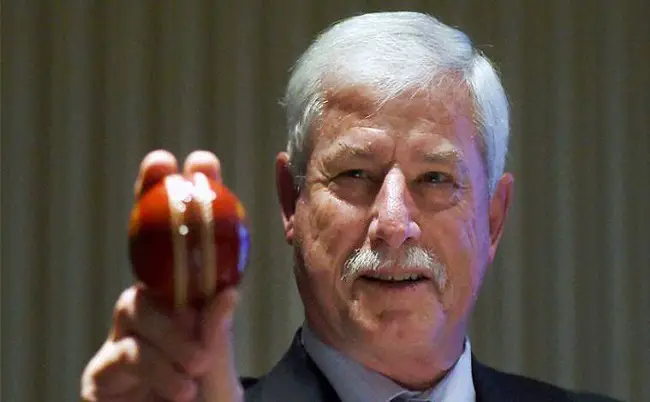
2. Shane Bond
Shane Bond, arguably the unluckiest bowler in cricket history, is ranked second on our ranking of the finest New Zealand bowlers. Bond would have been an all-time great if it hadn't been for his delicate body and his desire to bowl super fast every time he stood at the crease. At the 2003 Cricket World Cup, he ripped through Australia's batting line-up, the greatest in the world. Bond took 147 wickets in 82 One-Day Internationals, with a bowling average of just 21. His favourite opponent was Australia, against whom he took 44 wickets at a bowling average of 16, including six four-wicket hauls. Bond only played 18 Test matches in his career, but he still managed to pick up 87 wickets at a bowling average of 22.
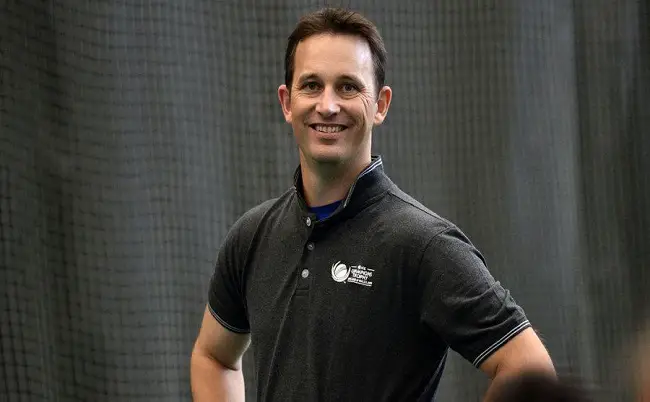
3. Daniel Vettori
Daniel Vettori, the only spin bowler on this list, is unquestionably New Zealand's best spinner of all time. He was an integral element of New Zealand's bowling assault for nearly two decades in all three formats. Vettori bowled 362 wickets at an average of 34 in 113 test matches. He was most effective with the ball in England, Sri Lanka, Zimbabwe, and Bangladesh, averaging 30, 26, 25, and 12, respectively. Vettori helped New Zealand reach the 2015 Cricket World Cup final by taking 15 wickets at a bowling average of only 20.

4. Trent Boult
Trent Boult is New Zealand's finest bowler in all three formats at the moment. In 2020, he had a fantastic IPL season, winning the league playing for Mumbai Indians. This indicates that he has rediscovered his mojo in the format and will most likely lead the charge for the World T20 in 2021. He has helped New Zealand reach two World Cup Finals in ODI cricket in 2015 and 2019. At the 2015 Cricket World Cup, Boult was the joint-highest wicket-taker with 22 wickets at a bowling average of just 17. During the 2019 Cricket World Cup, he also took 17 wickets at a bowling average of 28. His ability to move the ball for long periods, along with the fact that he is a left-handed batsman, means he excels in test cricket matches. Boult can shape the ball into a right-hander while also being able to move it away. Boult has 281 test wickets to his name, with a bowling average of 28.
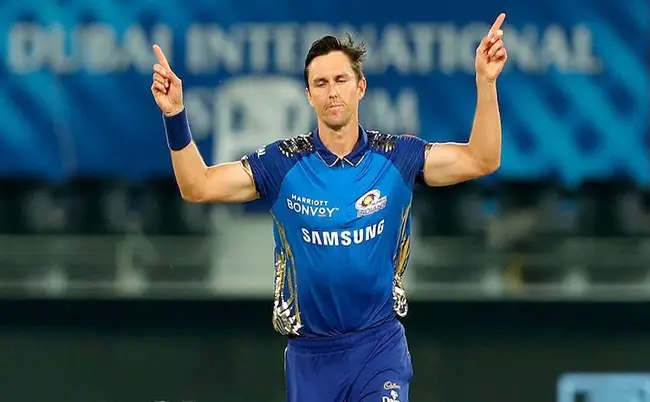
5. Tim Southee
Tim Southee, one of New Zealand's most underappreciated bowlers, is ranked fifth on this list. Southee is a right-arm swing bowler who can throw devastating spells. In the 2015 Cricket World Cup, he took 7-33 to thrash England. He has been far more consistent for New Zealand in test match cricket, picking up wickets regularly, especially at home. At home, he has 189 doors and a bowling average of 27.
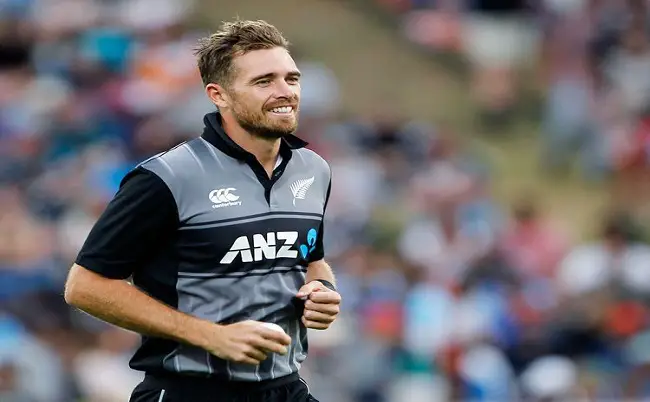
6. Jack Cowie
Despite only appearing in nine Test matches, Jack Cowie is primarily considered one of New Zealand's best fast bowlers. He started as a batsman before improving on his bowling skills to fit into the side. He is a fast-medium bowler from Auckland. However, he soon discovered that he was a far better bowler than a hitter. He could move the ball off the pitch, and Wisden remarked, "Had he been an Australian, he may have been described as a marvel of the age." Cowie took 45 wickets at 21.53 in nine tests, including four five-wicket hauls. He took 359 first-class wickets in all, with 114 of them coming from the 1937 England-Ireland series.
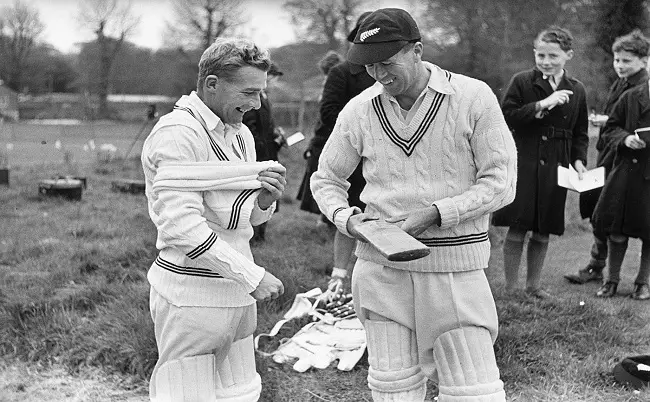
7. Chris Cairns
Chris Cairns, the son of former New Zealand cricketer Lance Cairns, was a top-notch all-rounder. Cairns was a vital player of the Black Caps side for over fifteen years, both an energetic batsman and a capable medium pacer. Holding 218 wickets in 62 Tests, he is New Zealand's fourth-highest wicket-taker in the format. His best performance came against West Indies in 1999, where he bowled a scorching spell with figures of 7/27. He is one of the few players in Test cricket history to have 200 wickets and 3000 runs. He was the second-fastest to gain this accomplishment, after England's Ian Botham. In ODI cricket, he mastered the slower ball and even exploited it to a considerable effect in Tests.

8. Ewen John Chatfield
When Richard Hadlee was at his peak, Ewen John Chatfield was the ideal foil for the legendary fast bowler. Chatfield, a medium-pace bowler who kept a stump-to-stump line and movement of the wicket, put Hadlee under enormous pressure from the other end. He took 123 and 140 wickets in 43 Tests and 114 One-Day Internationals. He was a significant player in New Zealand's first-ever Test series victories in England and Australia, both at home and away. Chatfield is also remembered for sustaining a head injury during a Test match against England in 1974.
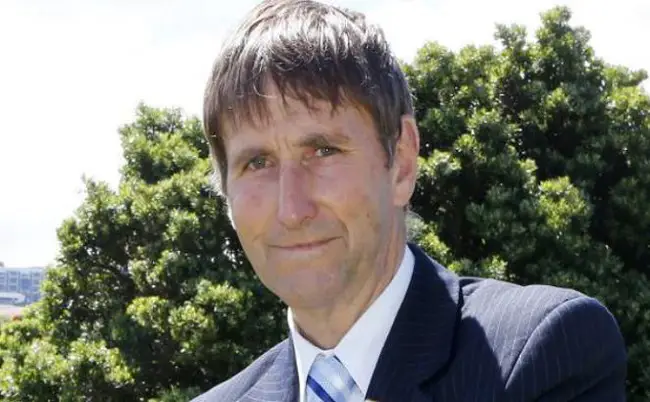
9. Richard Owen Collinge
Richard Owen Collinge was Central District 6'5" lethal left-arm fast bowler. He later represented Wellington as well as the Northern Districts. Collinge, an excellent exponent of circumstances, relied on late movement to challenge the batters. Collinge exploited his left-arm angle to create inward movement into the right-handers despite not being high on the pace gun. In the late 1970s, he established a strong bowling attack with youthful Richard Hadlee. Collinge made his Test debut in 1965 and played for 13 years before his final match at Lord's when he retired as New Zealand's leading Test wicket-taker.
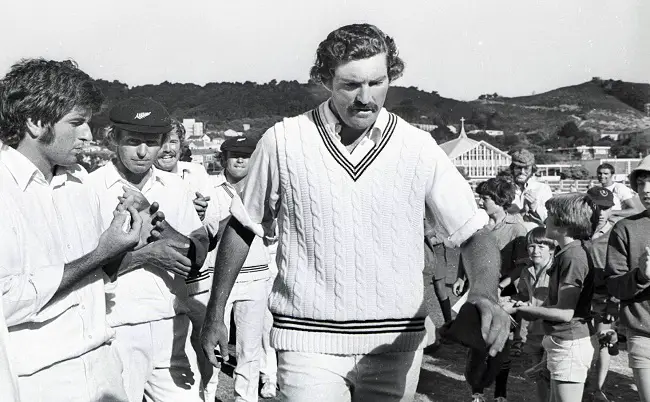
10. Danny Morrison
Morrison, a swing bowler with tremendous talent, made his name with his unplayable outswingers. Morrison had a round-Amish movement with a clean follow-through. He wasn't swift, but he relied on consistent line and length paired with a swing in the air, which was plentiful in New Zealand, to secure his wickets. He is one of the only two New Zealand bowlers to have a hat-trick in ODIs. The achievement occurred against India in 1994. Morrison, who was always smiling and friendly, amassed a large fan base thanks to his amusing remarks and easy-going nature. All this resulted in a career in the press box once he retired.







